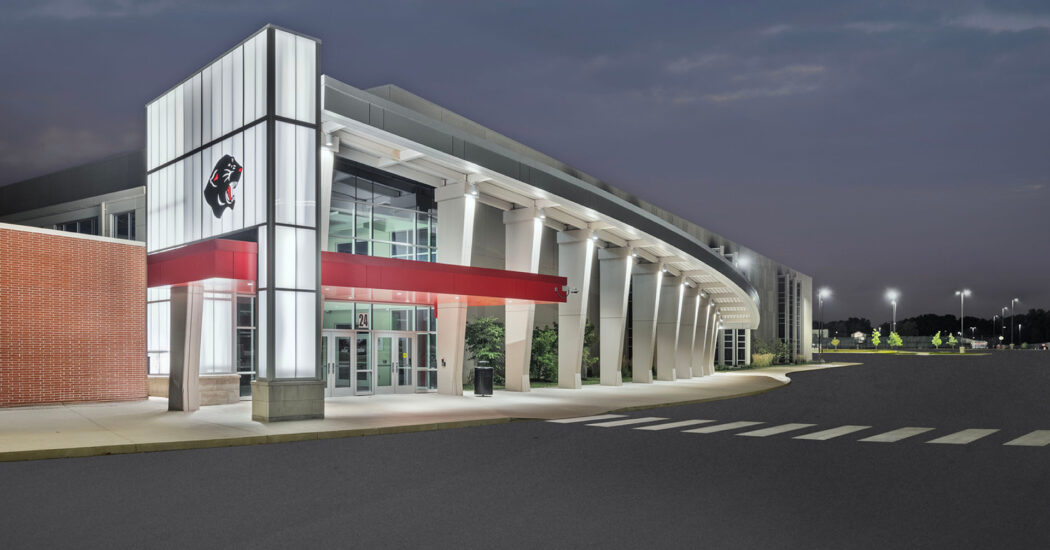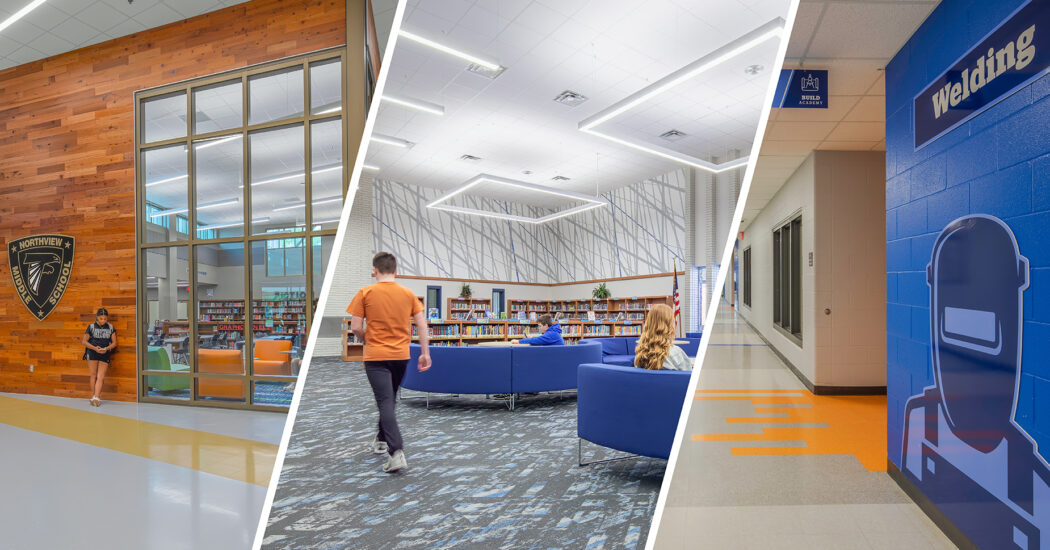Communities Build Schools
-
Category
Studio-K12 -
Posted By
Tom Neff -
Posted On
Sep 13, 2016
With Schmidt Associates’ 40th birthday just celebrated, we thought it would be interesting to explore some of the ways in which the challenges and expectations of our clients and their stakeholders have evolved over the last four decades. This month, we’re publishing four spots on what “40 years on” have meant for the team in our K-12 Studio.
In our fourth and final blog post on key issues in the world of K-12 and its evolving built environment, Tom Neff, a Principal of Schmidt Associates, takes a sideways look at the ways in which communities have come to play a major role shaping their schools and their evolution.
40 years ago, although the community may ultimately have funded the school, its role in and impact upon the look, feel, functions, and ethos of the premises was much more limited. And the notion of stakeholders – as opposed to “official” paid professionals acting on behalf of parents, students, and the community – was virtually non-existent. Four decades later, community power is prominent and the wishes of key stakeholders are at the forefront. What are the implications for the school design process and those who lead and guide it?
At Schmidt Associates, it would be very fair to say that the single most important piece of learning we have acquired in the K-12 Studio is this: if you want to create a school that truly functions as part of the fabric of the community, it is to the community that you must turn. It’s important however to point out exactly what this philosophy is not – as well as what it does represent. It is not a cop out. We are not neglecting our responsibility as professional designers and an expert resource. We don’t expect “do it yourself” from the community. What we do expect of ourselves is the ability to listen, hear, and capture the needs and the specific knowledge of a community, in ways that drive the foresight and insight on which we pride ourselves.
The “wisdom of crowds” has long been recognized for its power over and above the views of a narrow group. This wisdom is even more potent when the “crowd” concerned happens to be made up of expert witnesses and contributors drawn from the parents, friends, students, and communities for whom the school has special significance. Tapping into this wisdom brings enormous advantages, advantages that were very largely overlooked 40 years ago. The most important of these in our experience is relevance. No imposition from outside will ever have the same relevance, or will ever hit the mark as accurately, as a solution that contains the community’s own unique knowledge.
The next indispensable advantage is differentiation. If the people concerned are given a real say in the design outcome, it becomes virtually impossible, as well as undesirable, to give them a standard, “cookie cutter” response. They will recognize the approach that truly speaks to them and their needs. Equally, they will spot, and reject, the clone and the impostor. There are many more reasons for co-opting stakeholders than space allows us to explore here. But one of the most important must surely be enthusiasm. People who, rightly, believe that they have contributed to any endeavor are correspondingly more likely to get behind its current and future progress and welfare. You can sense this in the very vocabulary that people use. When “that school” becomes “our school”, warm feelings and a positive sense of ownership are assured.
Desirable as these feelings are however, they do not “just happen”. Over four decades, we have learned that the environment for gathering and capturing stakeholder input must be as carefully considered as the school environment itself. That’s why we have developed a number of communication forums and channels, from public meetings and project update blogs to detailed working sessions, where people can join our architects and designers to actually take part in the process of developing solutions through our room-by-room process. This is infinitely more than a public relations exercise. It identifies issues before construction starts, drives positivity and buy-in, and removes obstacles to progress that a less involved or more prescriptive approach could only magnify.
We are proud to reflect on four decades of successful service to the needs of the many K-12 school communities we have had the privilege to work with. It is no exaggeration or flattery to state that much of this success derives directly from the contributions of those communities to unique design solutions. And our experience has left no doubt in our minds that, just as schools build communities, we will see in the next 40 years that communities do indeed build schools.
Missed a blog in this series? No worries…







